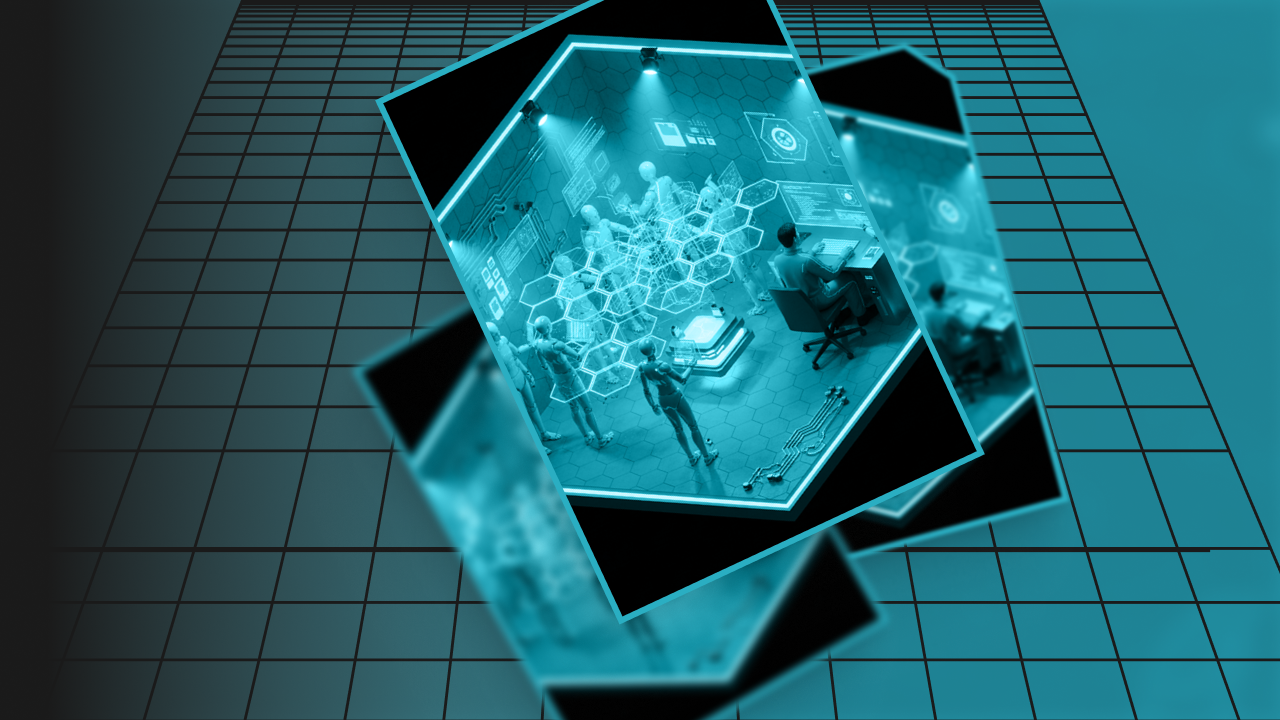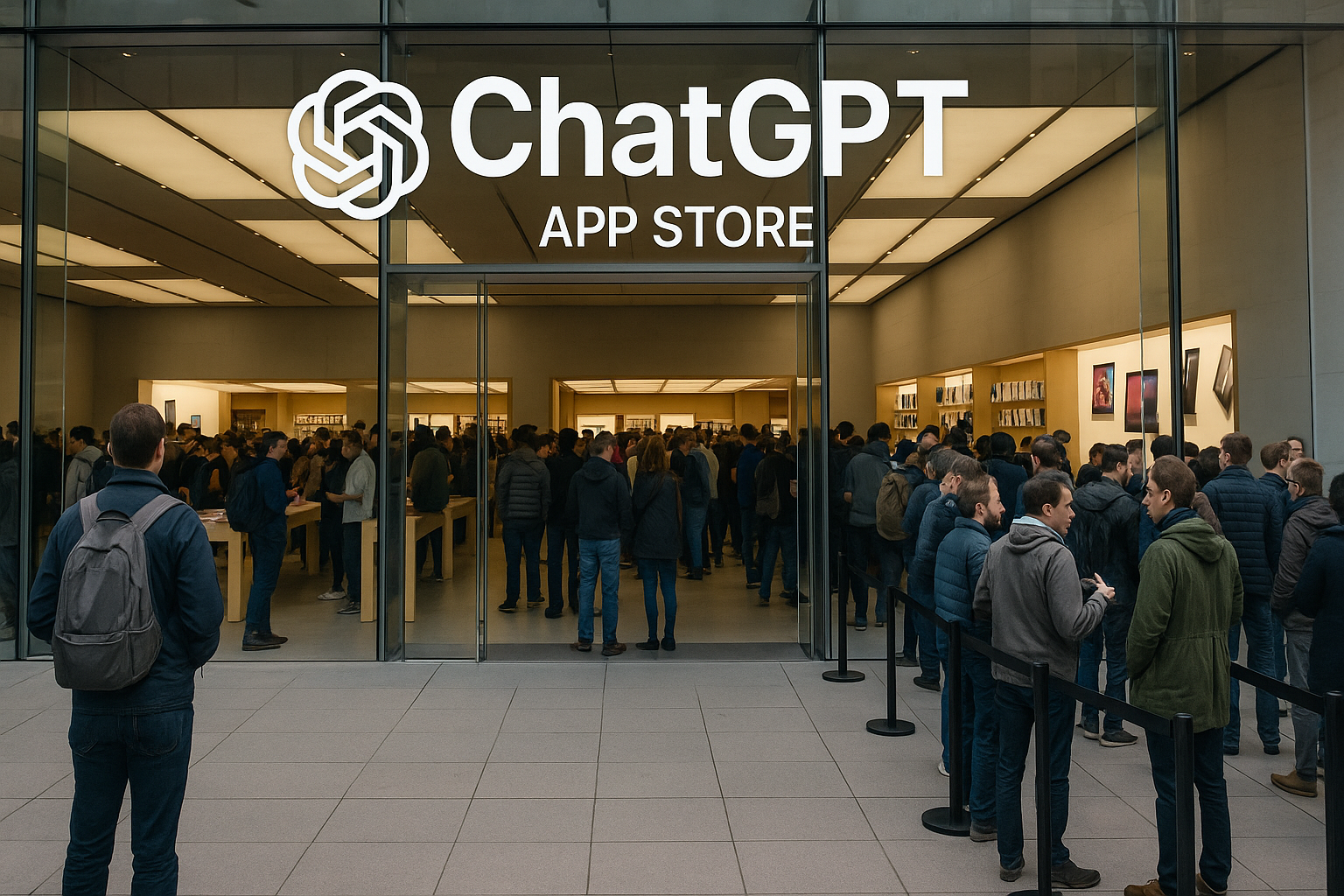Rethinking Product Roadmaps in the Age of Agents
Rob Borley
5 min read • 15 July 2025
From Features to Flows
It always began with a backlog.
Rows of tickets. Stories written in Jira. Post-its on whiteboards. Features broken into epics, then stories, sprints, tasks. This was the heartbeat of product. A choreography of logistics, tied tightly to delivery. Product managers were air traffic controllers. Engineers were pilots. And customers? They were mostly spectators, hoping something useful would arrive on schedule.
For over a decade, this worked. Or at least it felt like it did.
Features were visible. Tangible. You could point to a new filter, a slick interface, or a button that finally worked the way it should. Stakeholders liked seeing things ship. Teams liked shipping things. And users got used to clicking around until they found what they needed. Everyone knew their role in the production line.
We had optimised for shipping velocity and we were getting very good at it. Our Agile process matured. The roadmap progressed. And yet...
... what mattered wasn’t what people could do. It was what the system could do on their behalf. The role of the product wasn’t to enable more work, it was to remove work.
Product Built on False Certainty
There was a time when software followed rules. Inputs and outputs. You clicked. It responded. Every action had a predictable result, every button served a purpose, every screen had a job to do. The machinery of modern product thinking grew up inside this logic. It all seemed sensible. Roadmaps plotted a sequence of features, neatly stacked and arranged to deliver increasing value with each sprint or release.
Progress became synonymous with output. The more you shipped, the better you were doing. Value lived in visibility. Users had something new to click, and leaders had something new to demo. More buttons meant more control. More control meant more satisfaction. That was the theory.
But under the surface, it wasn’t quite working.
Teams built more, but outcomes lagged. Users stumbled not from a lack of features, but from too many. Clutter grew. Support tickets kept coming. Product-market fit was suddenly harder to pin down. Not because the market changed, but because the product had stopped delivering real outcomes. It had become a toolkit with too many tools and no clear instructions.
Even the best-designed features were often a workaround. A new setting to compensate for a missing flow. A report to fix the lack of proactive insight. The roadmap was full of effort, but effort wasn’t translating to ease. The more features you built, the more features the user had to learn.
The roadmap offered us a sense of control. But real value didn’t live in the roadmap. It lived in the moment a user got something done.
Flows, Not Features
Then something changed.
It wasn’t a new method or framework. It wasn’t an update to Agile or a new flavour of lean. It was a shift in what software could do. Systems started to respond not just to instructions, but to intention. Products stopped waiting for input and began to offer initiative. They listened, adapted, took action.
Not perfectly. But differently.
The idea of the product as a set of features started to fray. Because now, a user didn’t need to learn five different screens to submit an expense. They could just say, “File this,” and the system would sort the rest. They didn’t need to build a report. They could ask for insight. They didn’t need to move data between systems. The agent did it. Quietly. Automatically. Nobody had to fill in a form… ever!
Product began to act.
And with that, the roadmap stopped making sense. Slowly, the assumptions became obviously wrong. Why build a form when the task could happen without it? Why invest in a dashboard when insight could be surfaced directly in a message? Why ask the user to click, when the system could already do the thing?
The feature list lost its grip. It didn’t explain what mattered anymore. Because what mattered wasn’t what people could do. It was what the system could do on their behalf. The role of the product wasn’t to enable more work, it was to remove work. That was the new value. That was the new roadmap. Not a list of things to build, but a series of flows to enable.
The mechanical costs of delivery have collapsed. The operational cost of iteration has nearly vanished. The cost of work is trending to zero.
Flows are different. They aren’t screens or settings. They’re outcomes that get delivered with less input, less friction, less thought. They’re what the user actually came for. Not a cleaner interface, but a cleaner outcome.
This doesn’t mean design dies. It becomes more important. But the design is no longer just visual. It becomes systemic. Architectural. It's about handing off intention, and trusting the system to do the work.
Which means trust becomes the product.
Not in some abstract way but in every moment a user lets go and believes the system will get them where they need to be. When a user doesn’t open the app at all and still gets the thing done. That’s not user abandonment. That’s the new user retention..
The product vanishes. The outcome appears.
And when that happens, the entire posture of product changes. The role is no longer to deliver visibility. It is to deliver results.
The roadmap can’t just be a list of ideas that get shipped. It has to be a plan for how the users work is removed.
Strategy in a Fast World
Of course, this isn't happening in a vacuum.
Every product team now has access to the same underlying infrastructure. The same models. The same libraries. The same tutorials. The same tools that make it easier to build flows also make it easier for others to do the same.
Speed is no longer a moat. Time to ship is not a differentiating factor.
You can build a prototype in days. You can test in hours. You can scale with far fewer people than ever before. The mechanical costs of delivery have collapsed. The operational cost of iteration has nearly vanished. The cost of work is trending to zero.
Everyone is fast.
So the differentiator isn’t your pace, it’s your clarity. Your conviction about what should be built. This is your focus on what matters and your ability to ignore the noise and see the flow through the sea of features.
Because it’s easy to build something now. The hard part is deciding what not to build.
It is no longer enough to ask, “Can we ship it this quarter?” That was the old product question. The new question is, “Should this even exist at all?”
That’s not a philosophical question. It’s a strategic one. If the user’s intent can be met without the feature, without the screen, without the interface, then building it is just waste. Worse than waste. It is a distraction and friction dressed up as utility.
The new roadmap needs a different compass. It needs to follow the friction, not the request. It needs to look for where effort still exists and ask how it can be removed. Not through training or better UX copy, but through removal or intelligent handoff.
And that requires new rituals, new artefacts and new ways of thinking.
Your roadmap meetings stop being about prioritising features. They become conversations about what flows are still broken. Where is the system still waiting for instructions and user intervention when it could already be moving? Where are the please where the user still doesn't trust the product enough to get on with the task on their behalf..
This isn’t about innovation for the sake of it. It’s not ever about being early or first. It’s about meeting the moment that has already arrived. Because your users are already starting to expect this. They are delegating everywhere else. To their phones. To their calendars. To their browsers. The only reason they’re still clicking around your app is because you haven’t taken that work off them yet.
But someone will.
The Disappearing Product
This is where the story ends. Or more accurately, where it disappears.
Because the most powerful product in the age of agents might be the one the user never sees. This product doesn’t lack features but the features no longer matter.
With every step forward, another piece of the interface falls away. Another task gets automated. Another friction point fades. Another flow just works.
And that’s the real goal.
To build something that users trust enough to stop noticing. To craft a system that doesn’t ask for their time and their clicks. We are not looking for attention but we do need to understand their intent. Only then can we deliver the outcome.
Product isn’t a collection of features anymore.
It’s a machine for handing off work.
A good product helps someone do something faster. A great one makes the work disappear entirely.
Rob Borley


.png)